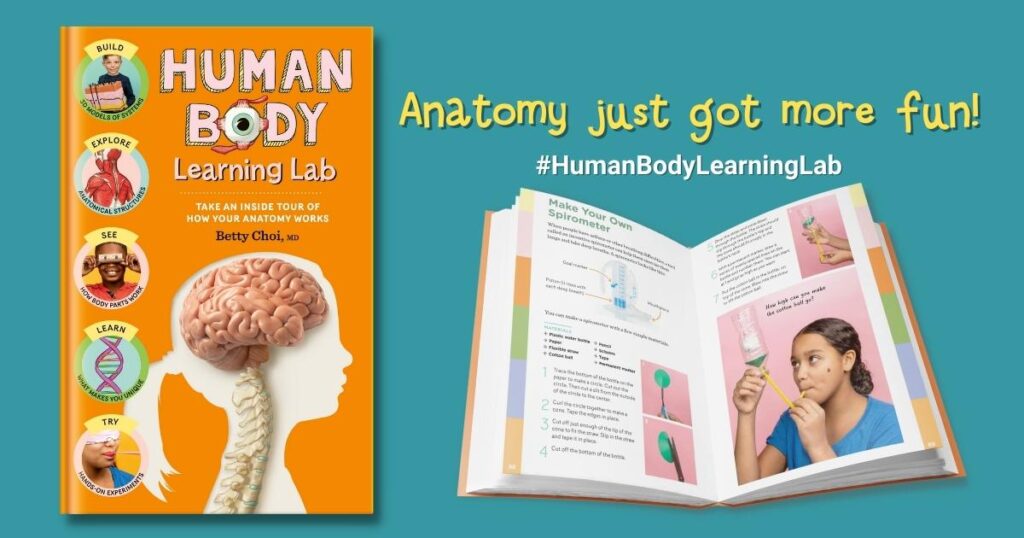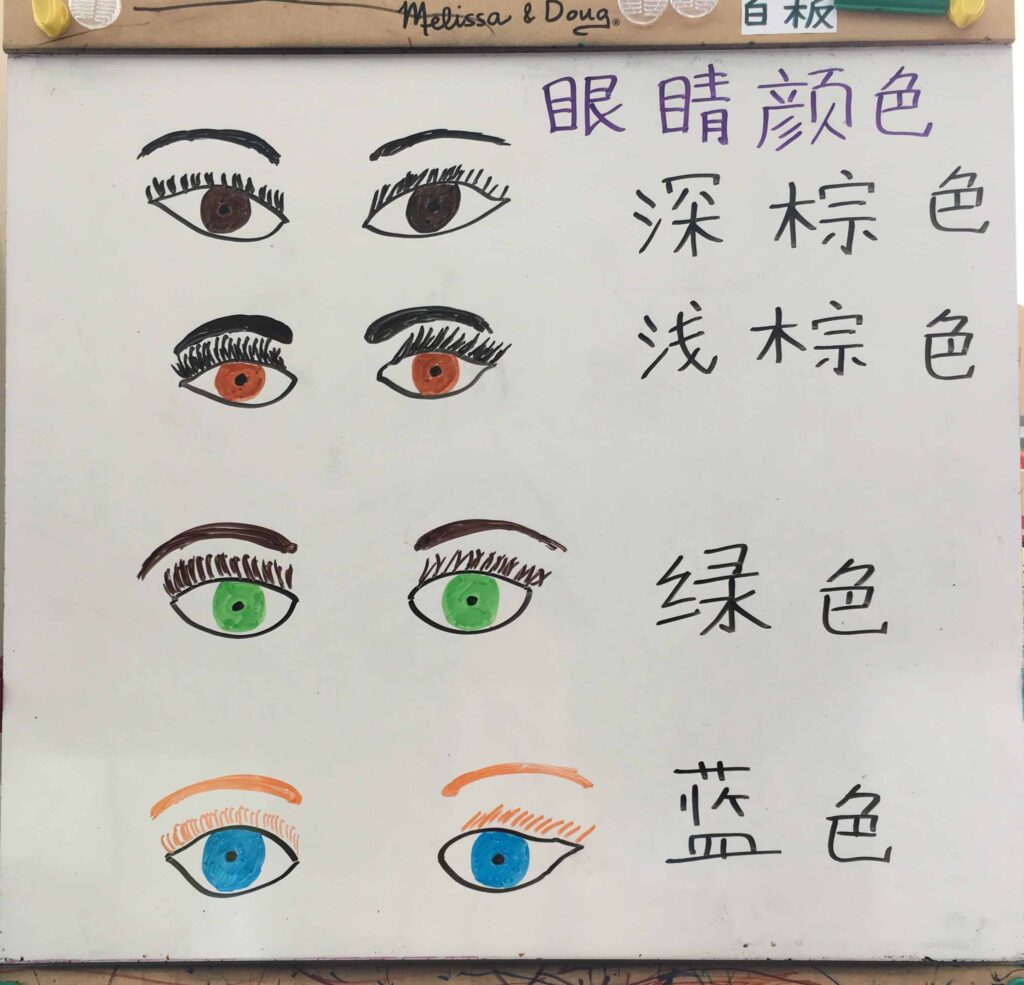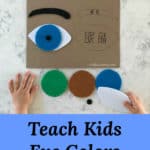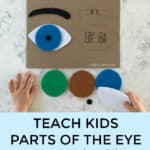Parts of the Human Eye DIY Puzzle – Human Anatomy Activity for Kids

To supplement our real life lessons about the parts of the eye, I created a felt eye puzzle for my kids. This puzzle is easy to make, and it reinforces the names of the eye parts in our minority language, Chinese! But as usual, feel free to apply this activity to any language your child is learning.
Explore this: The Best Human Body Science Toys for Kids

Learning about eye function with kids
This week, 老大 (lǎo dà / oldest child) learned about eye movements and pupillary accommodation to light and dark.
We had fun rolling our eyes in different directions to make sure that the right and left were in sync.
We also had a blast checking our pupillary reflex with flashlights…well, actually, my daughter loved it while I’m still seeing spots from her shining the light too much!!!
Teach kids the parts of the eye – hands- on learning
This easy DIY hands-on eye puzzle focuses on the parts of the eye.
My daughter loved this human anatomy activity, and the loose felt parts encourage creativity while learning!
She had a fun time making her own combinations of colors of eye parts.
Later, she cut her own felt pieces and chose to make “red eyes” to represent “mommy’s tired eyes”!!
Anyway, back to writing about this activity so that I can soon rest my sleepy, bloodshot eyes haha! 🙂

Important vocabulary about eye anatomy in Chinese and English
Since my daughter and I are learning Chinese together, I type out these translations in simplified Chinese, traditional Chinese, Hanyu Pinyin and English definitions. I hope this can be helpful for other families learning Chinese!
- 眉毛 (méimáo / eyebrow)
- 眼睛 (yǎnjīng / eye)
- 虹膜 (hóngmó / iris)
- 颜色 / 顏色 (yánsè / color)
- 瞳孔 (tóngkǒng / pupil)
- 看到 (kàn dào / see, notice)
- 看见 / 看見 (kàn jiàn / see, catch sight of)
Suggested materials for DIY human eye puzzle
- Colorful felt or colorful cardstock paper
- Black pen
- Black Sharpie marker
- Circle shape stencil
- Eye template (free downloadable and editable printable)
- Cardboard (recommended for durability) – we used the back of a construction paper pack

How to make a felt eye puzzle craft:
- Print eye template and cut along the solid lines
- Trace template pieces on cardboard. This will be the base of the puzzle.
- Label 眉毛 (eyebrow) and 眼睛 (eye) on cardboard with black Sharpie marker so the characters are clear, large, and easy to read
- Trace 眉毛 (eyebrow) and 眼睛 (eye) pieces on felt or cardstock paper
- Cut 眉毛 (eyebrow) and 眼睛 (eye)
- Use circle template to trace and cut iris and pupils
- Let child have fun making different combinations of the parts of the eye!
- Although I didn’t capture a photo of this, I suggest making different sized pupils to reinforce pupillary constriction/dilation. With different sized pupils, explain that the pupils constrict in bright light and dilate in dark light
- Explain that the eyes must move in all directions to see clearly

Teach kids eye colors with whiteboard matching game
To reinforce the concepts about common eye colors, I also drew also different colored eyes, eyebrows, and eyelashes on my daughter’s easel.
Later, we did a simple matching game where 老大 (lǎo dà / oldest child) had to match pictures of different eyes with the Chinese character of the eye color.

Have you tried this DIY eye puzzle activity with your kids or students?
If you try this activity, please let us know in the comments below! What age(s) are your kid(s), and how did it go? We’d love to hear about your learning experience!
MORE ACTIVITIES ABOUT ME, MY BODY, & MY FAMILY
- People by Peter Spier – Book Review and 人 Chinese Character Learning Activities
- Family Photos Learning Activity for Kids: Sight Word Envelope Surprise!
- Learn About Chinese Family Members with Valentine’s Day Printable Heart Matching Game
- Pipe Cleaner Glasses + 目 Sight Word Stamping
- DIY Mouth Puzzle & Coloring Sheet {Free Printable}
- Jumping on Footprints to Learn Left Versus Right!
- Teach Left Versus Right with Stickers and Hands!
- Emotions Book and Montessori 3-part cards in English, Chinese, and Korean



